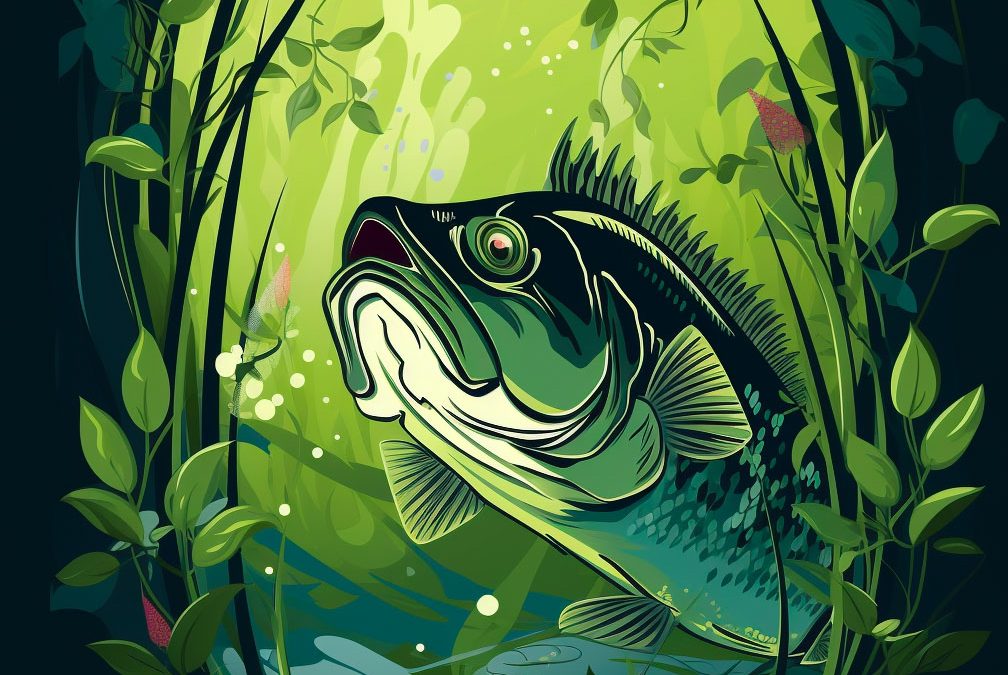Fishing enthusiasts know that bass fishing in the summertime can be challenging. The clear sunny skies, warm weather, and lack of rain and wind make it difficult to catch bass. Many anglers have experienced blank days in the summer, wondering why bass no longer seem to be interested in their baits that they easily caught in the spring. In this article, we will explore the reasons why bass don’t bite in the summer and provide some tips on how to catch more bass during this time of year.
Bass are not impossible to catch in the summer, you just need to understand some tips and tricks to catch bass in the summer heat.
Water Temperature
One of the main reasons why bass do not bite as much during the summer is due to the increase in water temperature. Bass, like many fish species, are cold-blooded, which means that their body temperature is regulated by the surrounding water temperature.
During the spring seasons, bass are more active and aggressive due to the water temperature ranging between 60 and 70 degrees Fahrenheit. However, as summer approaches, the temperature rises, and bass move to deeper and cooler water, making them less aggressive and more lethargic.
Bass’s metabolism slows down when the water temperature exceeds 75 degrees Fahrenheit, which can make it difficult for them to digest food. A decline in the bass’s feeding behavior can occur over time as the water temperature continues to rise, making them less interested in feeding and more focused on conserving energy instead.
The lack of oxygen in the water can also contribute to bass’s behavior changes. As the water temperature increases, the oxygen levels in the water decrease; this can make bass’s breathing difficult, leading them to look for deeper, cooler water with higher dissolved oxygen levels.
Bass also become more cautious and wary when the water temperature rises. They tend to stay in cover like rocks, trees, and weed beds, making it difficult to locate and catch them. This is because bass are sensitive to temperature changes, light, and sound, making them more alert to their surroundings.
Water Clarity
Another factor that can affect bass activity in the summer is water clarity. During the summer months, the water becomes more transparent, allowing fish to see anything that may look suspicious or out of place, making them less likely to bite.
Clearer water also means less cover for the fish, making them more vulnerable to predators. To compensate for this, the fish tend to stay in deeper water or rely on cover, such as rocks, trees, or weed beds. With the fish staying in cover, it can be difficult to get your bait in front of them, let alone get them to bite.
Fishing Pressure
Summer is a popular time for fishing, as many people have more time off and are looking for outdoor activities. This increase in fishing pressure can cause bass to become wary and less likely to bite.
As bass become more pressured, they adapt to the angling techniques used by fishermen. Lures that were successful in the spring may no longer produce results in the summer. Furthermore, bass may become more selective with what they take, which can make it harder to identify which lure will work best.
Tips for catching bass in the summer
While catching bass in the summer can be difficult, it is not impossible. Here are a few tips to help you increase your chances of catching bass when the water temperature is high.
Fish early or late in the day
During the summer, the water temperature rises during the day, and the fish become less active. Fishing early in the day before the sun comes up and late in the evening after the sun goes down can improve your chances of catching active bass.
Fishing In The Morning
The morning is an excellent time of day to go bass fishing as the water is generally cooler and fish are more active. The early hours are also less crowded, giving you more space to fish without competing with other anglers. Here are some techniques to try when fishing earlier in the day for bass in the summer:
- Topwater lures
Early in the morning, bass may be feeding on the surface of the water, making topwater lures an effective choice. These lures mimic insects and other prey that bass feed on. They create a commotion on the surface of the water that can trigger strikes from hungry bass. Some popular topwater lures to try include poppers, frogs, and buzzbaits. - Jigs and soft plastics
Jigs and soft plastic baits are versatile and can be used to mimic various types of prey. These baits can be fished at different depths and retrieved at different speeds to entice strikes from bass. Try using a jig with a crawfish or worm imitator, or rig up a soft plastic lizard or creature bait. - Crankbaits
Crankbaits are effective for covering a lot of water quickly. These lures are designed to dive down into the water and mimic prey like minnows or shad. Try using a shallow-diving crankbait in the morning when bass are feeding near the surface. - Spinnerbaits
Spinnerbaits are a popular choice for targeting bass, especially in murky or stained water. These lures have a spinning blade that creates vibrations and attracts fish. Try using a spinnerbait with a white or chartreuse skirt for maximum visibility in the morning light. - Live bait
Live bait like minnows or worms can also be effective for bass fishing in the morning. These baits can be rigged on a hook and fished under a bobber or on a Carolina rig. Live bait can be particularly effective in areas where bass are less aggressive or when fish are feeding on smaller prey.
When fishing for bass in the morning, it’s important to pay attention to the weather and water conditions. If the weather is cooler or the water is cloudy, fish may be more active and easier to catch. On the other hand, if the water is warm and clear, fish may be more lethargic and less likely to bite. Other factors like wind, sunlight, and time of day can also affect bass activity.
In addition to choosing the right lures and bait, here are some other tips to keep in mind when fishing for bass in the morning:
- Look for structure
Bass tend to hang out near structure like rocks, logs, and weed beds. Look for these types of features in the water and fish around them for the best chance of catching bass. - Cast in different directions
To increase your chances of catching bass, try casting in different directions and angles. This will help you cover more water and find where the fish are located. - Use a slow and steady retrieve
In the morning, bass may be less aggressive and more cautious, so try using a slow and steady retrieve. This will make your lure or bait look more natural and increase the chance of enticing a strike. - Stay quiet and observant
Bass can be sensitive to noise and disturbances, so try to stay as quiet as possible when fishing in the morning. Also, keep an eye out for signs of fish activity like jumping or splashing in the water, which can give you clues as to where fish are located.
In conclusion, fishing for bass in the morning can be a rewarding and productive experience, especially during the summer months. Experiment with different lures and bait, pay attention to weather and water conditions, and stay patient and observant. With these tips and techniques, you’ll be well on your way to catching more bass in the morning.
Fishing Later In The Day
In the early morning, bass are often more active and willing to bite, but as the day goes on, the heat and bright sunlight can make them more reluctant to take your bait.
However, fishing later in the day has its advantages too. As the sun starts to set and the temperature begins to cool down, bass become more active again and are more likely to bite. In this article, we’ll discuss some tips and strategies for fishing for bass later in the day during the summer.
- Choose the Right Time
When fishing for bass later in the day, timing is crucial. The best time to fish is typically during the late afternoon to early evening, when the sun is not as intense, and the water is starting to cool down. This time period is often referred to as the “magic hour” because this is when bass are most active and willing to bite.
- Pay Attention to the Weather
In addition to the time of day, the weather can also be a crucial factor in your success when fishing for bass in the summer. When it’s hot and sunny outside, bass are often more reluctant to bite because they prefer cooler water temperatures. However, if there’s a breeze or some cloud cover, they might be more willing to take your bait.
- Choose the Right Location
Another important factor is selecting the right location to fish. During the summer, bass tend to move to deeper water where the temperature is cooler. Look for areas where there’s a lot of shade or underwater structure, such as rocks, submerged logs, or weed beds. These areas will provide cover for the bass and give them a place to hide and ambush their prey.
- Use the Right Bait
When fishing for bass later in the day, it’s important to use the right bait. Choose lures or baits that mimic the type of prey that bass are feeding on in that particular body of water. Nightcrawlers, minnows, and crayfish are all good options. Soft plastics, such as worms and grubs, are also effective and can be rigged weedless to avoid snagging on underwater structure.
- Use the Right Gear
When fishing for bass, it’s essential to use the right gear. A medium to the heavy-action rod with a fast action tip is ideal for bass fishing, and a spinning reel with a high gear ratio will help you quickly reel in your catch. Use fishing line that’s strong enough to handle the weight of a larger bass, but not too heavy that it’s easily visible in the clear water.
- Be Patient and Persistent
Fishing for bass can be challenging at times, and it’s essential to be patient and persistent when targeting these elusive fish. Don’t give up if you don’t get a bite right away. Move around to different areas and try different baits until you find what works. And when you do get a bite, be patient and don’t rush the hook set. Wait until you feel the fish pulling on the line before you set the hook.
In conclusion, fishing for bass in the summer can be challenging, but with the right timing, location, gear, and bait, it’s possible to have a very successful day on the water. By targeting bass later in the day when the temperature is cooling down, you can increase your chances of catching a trophy bass. So, be patient and persistent, pay attention to the weather and water conditions, and most importantly, have fun!
Fish deeper waters
Bass tend to stay in deeper and cooler water during the summer. Target areas with a depth of at least 10 feet or more. Look for structure such as drop-offs, ledges, or underwater islands, and target the fish around it.
Use slow lures
Bass become less active in the summer, so using slow lures can help increase your chances of getting a bite. Crawfish and worm-like lures work well in the summer since they attract fish by mimicking their natural prey.
Use live bait
In the summer, live bait can be an effective way to catch bass since it is natural to them. Minnows, worms, and crayfish are excellent options since they are prevalent in most bodies of water.
Fish in the shade
Bass tend to stay in cover during the summer, so fishing in the shade can increase your chances of catching them. Look for areas with trees, rocks, or weed beds, and target the fish in the shaded areas.
Conclusion
Bass’s behavior changes in the summer due to several factors, including water temperature, water clarity, and increased fishing pressure. Understanding these factors and applying the techniques mentioned above can help you improve your chances of catching bass during the summer and avoid blank days. However, it is worth remembering that fishing is a game of chance; sometimes, the fish will bite, and sometimes they won’t.
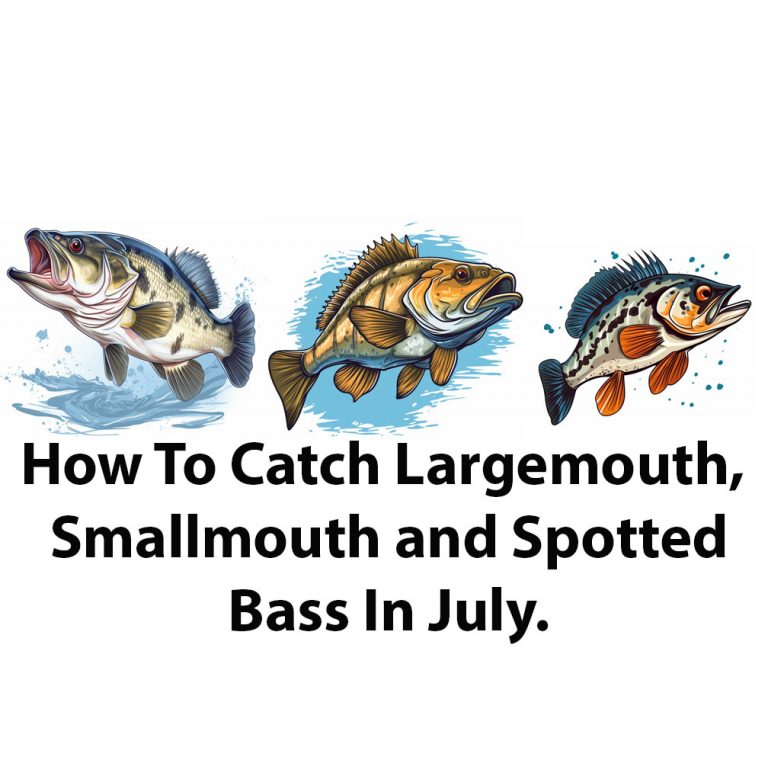
How To Catch Bass In July
Few things are more enjoyable for an experienced angler than hooking a bass. There’s nothing quite like feeling that tug on the other end of the line, whether I’m hauling in a tenacious largemouth, a resilient smallmouth, or a stealthy spotted bass. Even though bass fishing may be a thrilling activity throughout the year, July […]
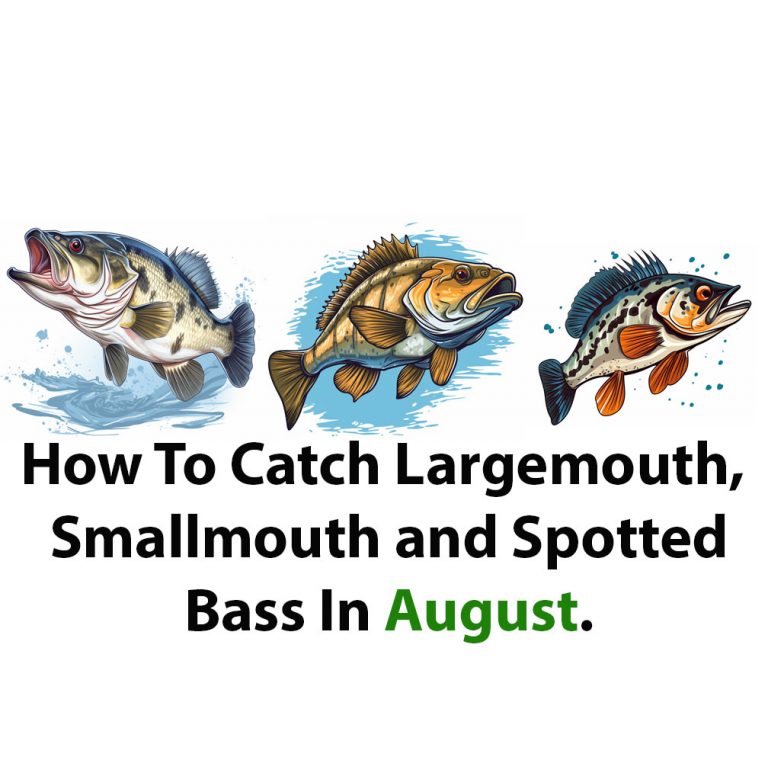
How To Catch Bass In August
Introduction I get a kick every time I step into the water since I’m an experienced bass fisherman. And as August approaches, that sensation only intensifies. The water is warm, the temperatures are high, but most importantly, the fish are biting. But as any angler is aware, casting a line and waiting for a pull […]
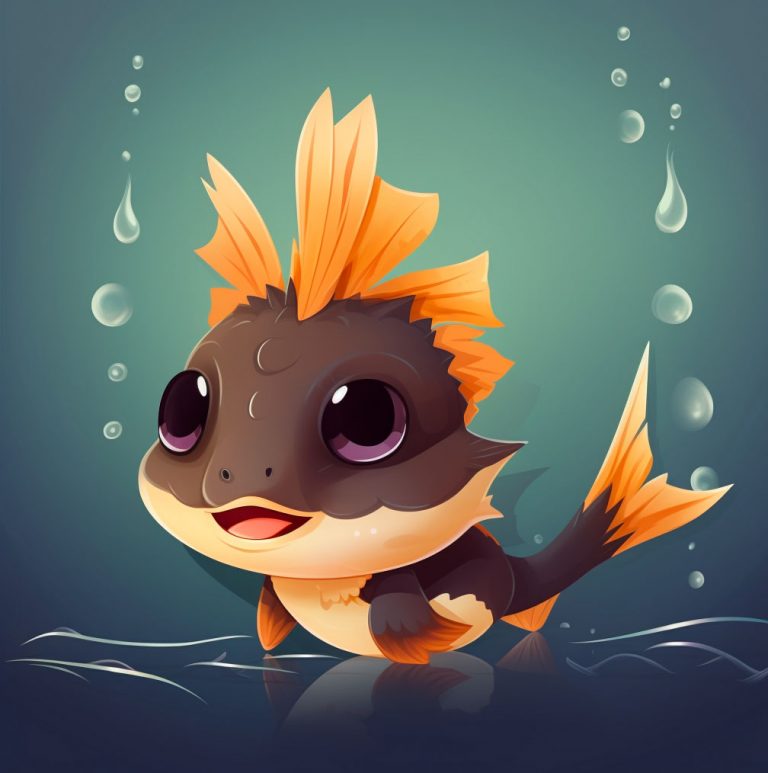
How To Catch Bass During The Catfish Spawn
I love to fish for bass and am constantly seeking for innovative and fun ways to capture fish. Targeting bass during the catfish spawn is one strategy I have discovered to be especially successful. Fishing during this season might be challenging, but with the correct techniques and equipment, you can catch a lot of good […]

How To Catch Bass During Crawfish Season
As a seasoned angler, I have come to realize the value of comprehending the behavior of the fish you are attempting to catch and the prey they consume. The crawfish is one prey that is very active and common during the bass fishing season. I’ll share my knowledge and expertise on how to capture bass […]
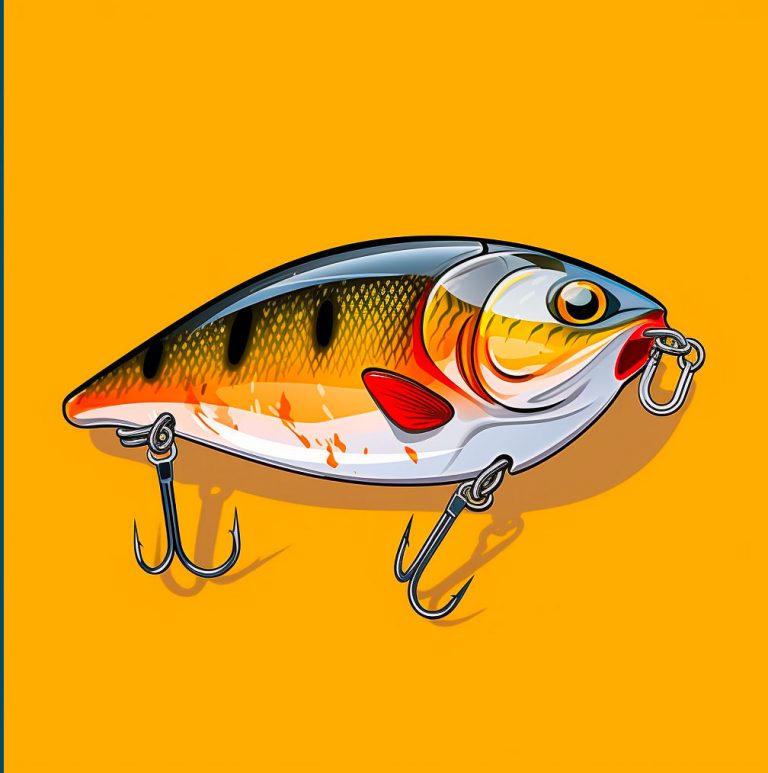
The Best Crankbait For Summer Bass
Introduction Crankbaits are one of the most popular lures in bass fishing, as they are versatile and can be used in a variety of fishing environments. However, choosing the right crankbait is crucial for successful fishing in the summer months when bass behavior changes and water temperature increases. In this article, we’ll cover the factors […]
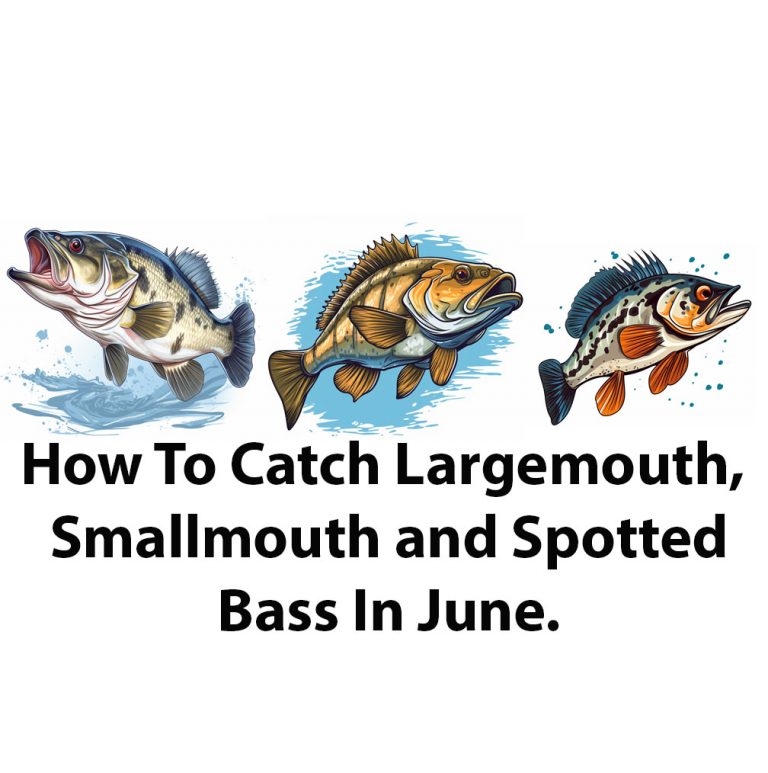
How To Catch Bass In June
Introduction Here is a guide I wrote for June fishing for largemouth, smallmouth, and spotted bass. Although June is a good month for catching these three varieties of bass, doing so might be difficult, especially if you don’t know their preferences and behaviors. Each species of bass has its own distinct characteristics, and from my […]

